Sansevieria plant questions
noki
13 years ago
Related Stories

GARDENING GUIDESNo-Regret Plants: 5 Questions Smart Shoppers Ask
Quit wasting money and time at the garden center. This checklist will ensure that the plants you're eyeing will stick around in your yard
Full Story
EXTERIORSCurb Appeal Feeling a Little Off? Some Questions to Consider
Color, scale, proportion, trim ... 14 things to think about if your exterior is bugging you
Full Story
REMODELING GUIDES13 Essential Questions to Ask Yourself Before Tackling a Renovation
No one knows you better than yourself, so to get the remodel you truly want, consider these questions first
Full Story
Design Dilemmas: 5 Questions for Design Stars
Share Your Design Know-How on the Houzz Questions Board
Full Story
FEEL-GOOD HOMEThe Question That Can Make You Love Your Home More
Change your relationship with your house for the better by focusing on the answer to something designers often ask
Full Story
Design Dilemmas: 5 Questions for Houzzers!
Post Ideas for Landscaping for a Modern Home, Updating a Rental and More
Full Story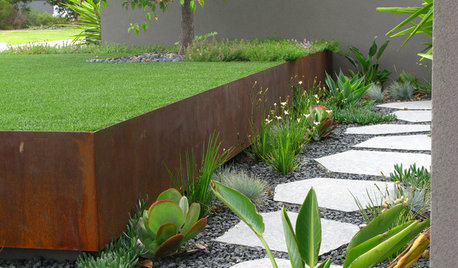
LANDSCAPE DESIGN7 Questions to Ask Before Laying Stepping Stones
These broken-up pathways invite you to put a spring in your step — while adding functionality to the garden
Full Story
CURB APPEAL7 Questions to Help You Pick the Right Front-Yard Fence
Get over the hurdle of choosing a fence design by considering your needs, your home’s architecture and more
Full Story

ORGANIZINGPre-Storage Checklist: 10 Questions to Ask Yourself Before You Store
Wait, stop. Do you really need to keep that item you’re about to put into storage?
Full Story





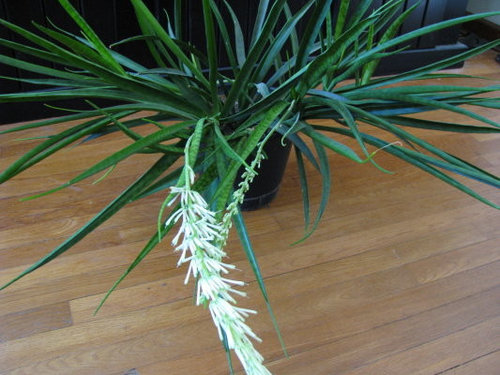
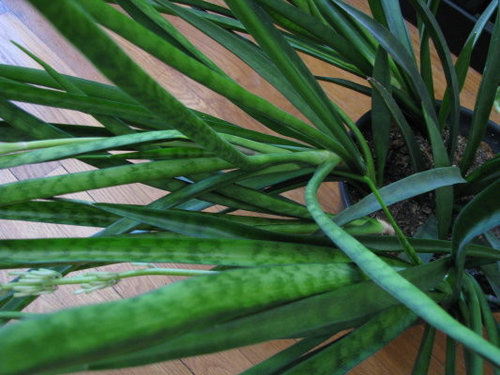

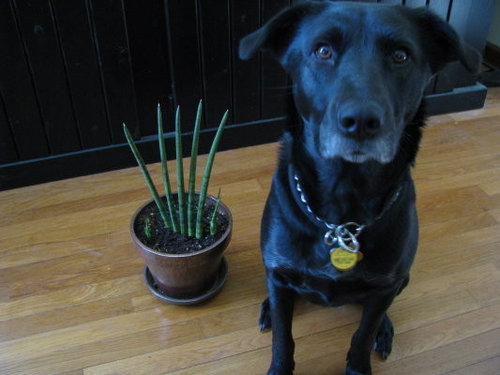

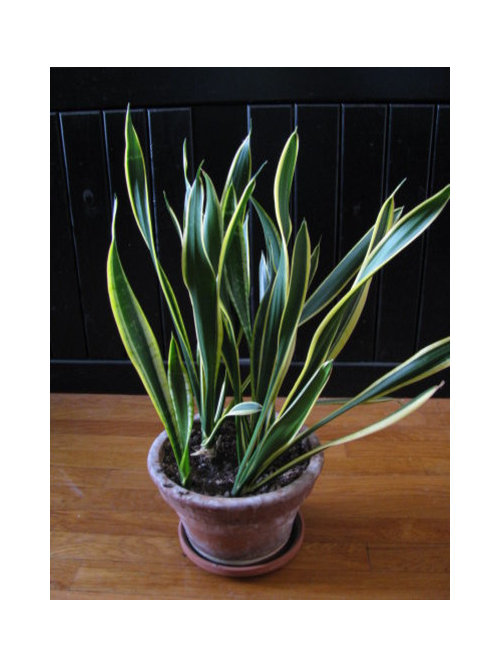
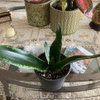

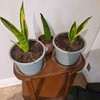
tf.-drone
brodyjames_gw
Related Professionals
Holly Springs Landscape Architects & Landscape Designers · Ferndale Landscape Architects & Landscape Designers · Forest Acres Landscape Architects & Landscape Designers · Fort Lee Landscape Architects & Landscape Designers · Taylorsville Landscape Architects & Landscape Designers · Finneytown Landscape Architects & Landscape Designers · Aberdeen Landscape Contractors · Huntington Landscape Contractors · Lehigh Acres Landscape Contractors · New Providence Landscape Contractors · Pahrump Landscape Contractors · Palm Beach Gardens Landscape Contractors · Porterville Landscape Contractors · Riverview Landscape Contractors · Bay Point Window ContractorsnokiOriginal Author
Michaela
tommyr_gw Zone 6
norma_2006
nokiOriginal Author
binlin
norma_2006
norma_2006